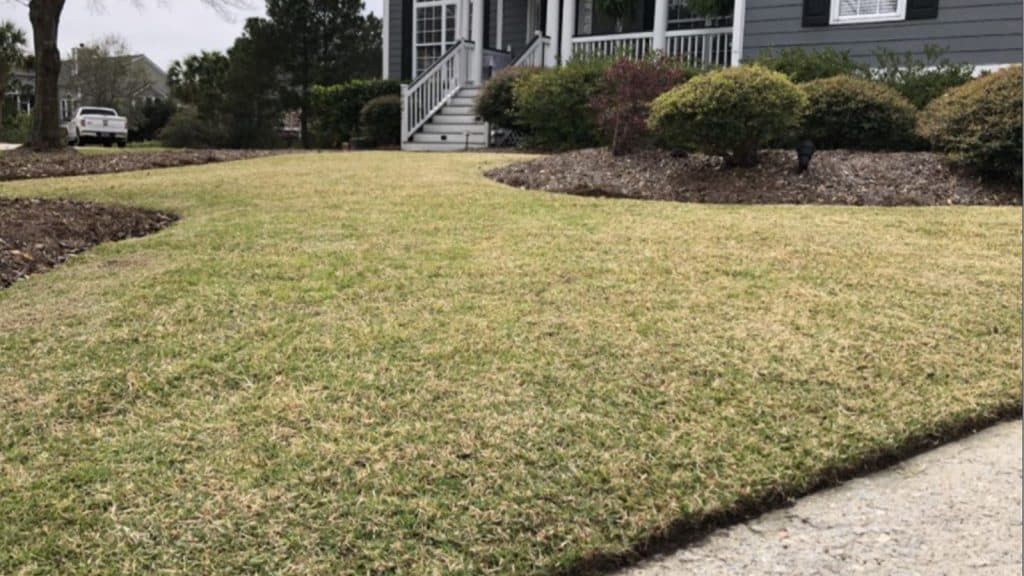Determining whether grass is dead or dormant in North Carolina, or any other region, involves considering local climate conditions and the typical behavior of the grass types commonly found in the area. Here are some specific tips for North Carolina:
- Seasonal Changes:
- Understand the typical seasonal changes in North Carolina. Warm-season grasses, such as Bermuda grass, Zoysia grass, and centipede grass, are common in the state. These grasses often go dormant during the winter months when temperatures drop.
- Color and Texture:
- Dormant warm-season grasses in North Carolina may turn brown or tan during the winter, but they often retain some green near the base of the blades. The texture may still be somewhat flexible, and the crowns and roots remain alive.
- Watering Patterns:
- During dormancy, warm-season grasses require less water. However, if the grass receives insufficient water during periods of drought, it may appear dead. Consider recent weather patterns and your watering practices.
- New Growth:
- Even in dormancy, you might observe some new green shoots emerging from the base of the grass blades after rainfall or in milder temperatures. This is a positive sign that the grass is dormant, not dead.
- Regional Expertise:
- Local agricultural extension services or garden centers in North Carolina can provide valuable information about the specific grass types in your area and their typical behavior. They may also offer insights into prevalent diseases or issues affecting grass in the region.
- Soil Examination:
- Check the soil around the grass. Healthy dormant grass will have live roots. If the roots are still firm and white, there’s a good chance the grass is dormant. In contrast, dead grass may have brown, mushy roots.
- Observation Over Time:
- If you’re unsure, observe the grass over time. Dormant grass will often recover its color and vitality as the weather warms, while dead grass will remain lifeless.
Remember that some grass varieties may naturally go through periods of dormancy during colder months, and this is a normal part of their life cycle. If you’re still uncertain, consider seeking advice from local horticulturists, landscaping professionals, or the North Carolina Cooperative Extension Service for more tailored guidance based on your specific circumstances.

